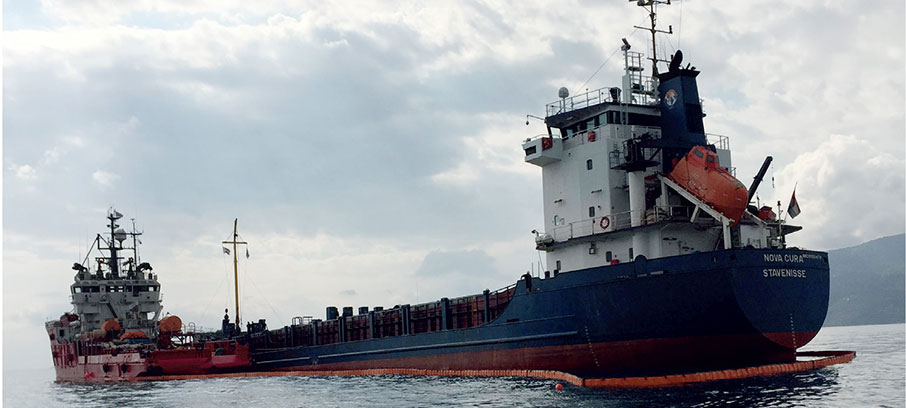
A year-long research project carried out by accident investigators in the UK and Denmark has delivered some stark warnings about the safety of electronic chart display and information systems…
The International Maritime Organisation (IMO) is set to face calls for sweeping changes to the rules governing the use of electronic chart display and information systems (ECDIS) following in-depth research into the problems experienced by masters and officers.
A major safety study undertaken by the UK and Danish marine investigation authorities has highlighted major concerns over the design and operation of ECDIS and significant shortfalls in the way in which seafarers are training to use the systems.
The study was undertaken in response to a series of accidents – mainly groundings – over the past decade in which investigations revealed 'a mismatch between the way ECDIS was used and the way regulators and the systems manufacturers expected it to be used'.
In a paper presented to the IMO, the investigation bodies provided some 'headline' findings from the study ahead of its publication later this year.
The report notes that seafarers consider that ECDIS contributes to safe navigation by reducing the workload of the bridge team and providing real-time positioning.
'However,' it adds, 'it is clear that there are wide variations in the way that ECDIS is used due to, among other things, ship function, bridge equipment and ergonomics, manning, the degree of integration with other sensors, the requirements of safety management systems, the knowledge and familiarisation of operators, and the ECDIS model fitted.'
The paper points to a reliance upon training and familiarisation to overcome issues around system complexity and the lack of standardisation and warns that ‘many of the training strategies currently adopted appear to fall short of individual expectations and requirements.
There are wide variations in the way that ECDIS is used due to, among other things, ship function, bridge equipment and ergonomics, manning, the degree of integration with other sensors, the requirements of safety management systems, the knowledge and familiarisation of operators, and the ECDIS model fitted

As part of the study, British and Danish investigators conducted fact-finding voyages of one to four days on 29 ECDIS-equipped ships and interviewed almost 130 deck officers.
Some of the most common complaints were:
- alarms (particularly AIS and in restricted waters)
- too much information displayed
- variations in the way information is grouped by different ECDIS models
- differing menu structures
Some of the most requested changes included:
- fewer alarms
- bigger screens and more touchscreen technology
- simpler systems
- standardised interfaces
- more integration, such as radar, digital publications and NAVTEX
- increased colour density and better fonts
Investigators found that many seafarers had difficulties recalling ECDIS training details because of significant time gaps between training and practical use. The quality and methods of training were found to vary considerably, and many seafarers said they preferred familiarisation to generic training.
'There were significant variations among certified officers in the understanding of key features such as safety contour, safety depth and the criteria on which wheel-over positions and "predictors" were based,' the paper adds.
Some marked inconsistencies were also noted in the way that officers use ECDIS for passage planning and route monitoring.
The full report – and accompanying recommendations – is expected to be published within the next few months.
Tags
